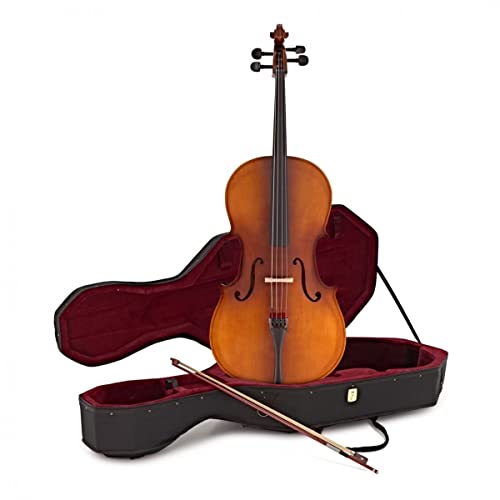The cello is an incredibly beautiful and complex instrument that requires a lot of care and attention to maintain its sound and appearance. Proper cleaning and maintenance of the cello are necessary to keep it in good condition and to prevent damage. Whether you are a beginner or a professional cellist, you can ensure that your instrument stays in top shape by following these simple tips.
Cleaning the Cello
Before cleaning your cello, make sure that the strings are loosened, and the instrument is placed securely in a well-lit and ventilated area. Use a soft cloth to wipe down the surface of the cello, paying particular attention to the fingerboard, tailpiece, and chinrest. You can use a small amount of wood cleaner or polish to remove any dirt or grime that may have accumulated on the instrument. Avoid using water or any abrasive cleaning solutions, as these can damage the wood and finish of the cello.
Protecting the Cello
When not in use, it is important to protect your cello from moisture, heat, and direct sunlight. Make sure to store the instrument in a dry, cool place with a stable temperature and humidity level. You can also use a cello cover or a soft cloth to protect the cello from scratches and dust. Avoid leaving the cello near heaters, radiators, or windows, as these can cause damage to the wood and strings.
Changing Strings
Strings are one of the most important parts of a cello, as they are responsible for creating the sound of the instrument. Over time, strings can become worn, lose their tone and sound, and even break. It is recommended to change strings at least once every six months, or sooner if you play frequently. To change strings, loosen the old strings and remove them from the cello. Then, replace them with new strings, making sure to tune and stretch each string properly.
Regular Maintenance
To ensure that your cello stays in good condition and sounds its best, it is important to perform regular maintenance on the instrument. This can include adjusting the soundpost, polishing the bridge, and checking the instrument for any cracks, damage, or loose fittings. If you are not confident in doing this yourself, it is recommended to have a professional luthier inspect and maintain the cello on a regular basis.






